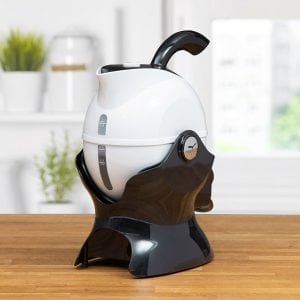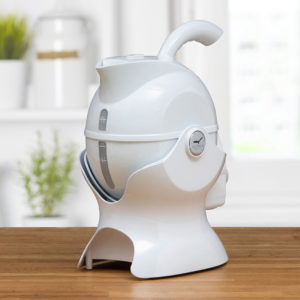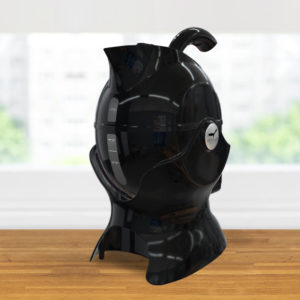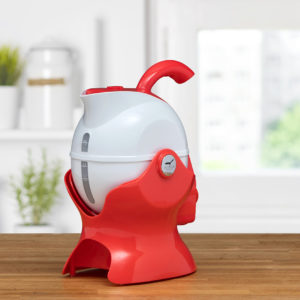Joints play a crucial role in our daily lives, allowing us to move freely and perform various activities. However, they can sometimes become a source of discomfort and pain due to common joint problems. Today, we’ll explore some of these issues, their causes, and effective solutions to help you maintain optimal joint health.
Osteoarthritis:
Osteoarthritis is one of the most prevalent joint problems, often associated with ageing. It occurs when the protective cartilage that cushions the ends of bones wears down over time. The result? Pain, stiffness, and reduced mobility. To manage osteoarthritis, consider:
- Regular low-impact exercise to strengthen muscles around affected joints.
- Maintaining a healthy weight to reduce joint strain.
- Medications or injections for pain management.
- Physical therapy to improve joint function.
Rheumatoid Arthritis:
Rheumatoid arthritis is an autoimmune disease that causes joint damage. While there’s no cure, effective management includes:
- Medications to reduce inflammation and slow joint damage.
- Physical therapy and exercise to maintain joint function.
- Rest during flare-ups.
- Support from a rheumatologist for a personalised treatment plan.
For more support with regard to arthritis, please click here.
Gout:
Gout is a form of arthritis causes by the buildup of uric acid crystals in joints, leading to intense pain, often in the big toe. Managing gout involves:
- Medications to lower uric acid levels.
- Dietary changes, such as reducing high-purine foods and alcohol.
- Staying well-hydrated.
- Lifestyle adjustments to maintain a healthy weight.
Bursitis:
Bursitis occurs when the small fluid-filled sacs (bursae) that cushion joints become inflamed. It often affects the shoulder, hip, or knee. Managing bursitis includes:
- Resting the affected joint.
- Applying ice and compression.
- Over the counter or prescription medications for pain and inflammation.
- Physical therapy to improve joint flexibility and strength.
Tendinitis:
Tendinitis involves inflammation of a tendon, commonly affecting the elbow (tennis elbow) or the shoulder (rotator cuff tendinitis). Solutions for tendinitis includes:
- Rest and avoiding activities that worsen symptoms.
- Applying ice to reduce inflammation.
- Physical therapy and exercises to strengthen the tendon.
- Over the counter or prescription medications for pain relief.
Common joint problems can disrupt your daily life, but understanding their causes and effective solutions can help you manage and improve your joint health. If you’re experiencing persistent joint pain or discomfort, it’s crucial to consult a healthcare professional for a proper diagnosis and personalised treatment plan.
By taking proactive steps, you can enhance your joint health and enjoy a more active and pain-free lifestyle.













Leave a Comment